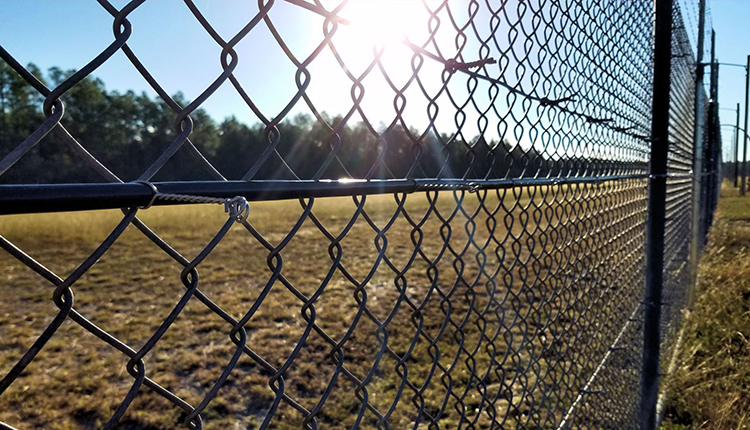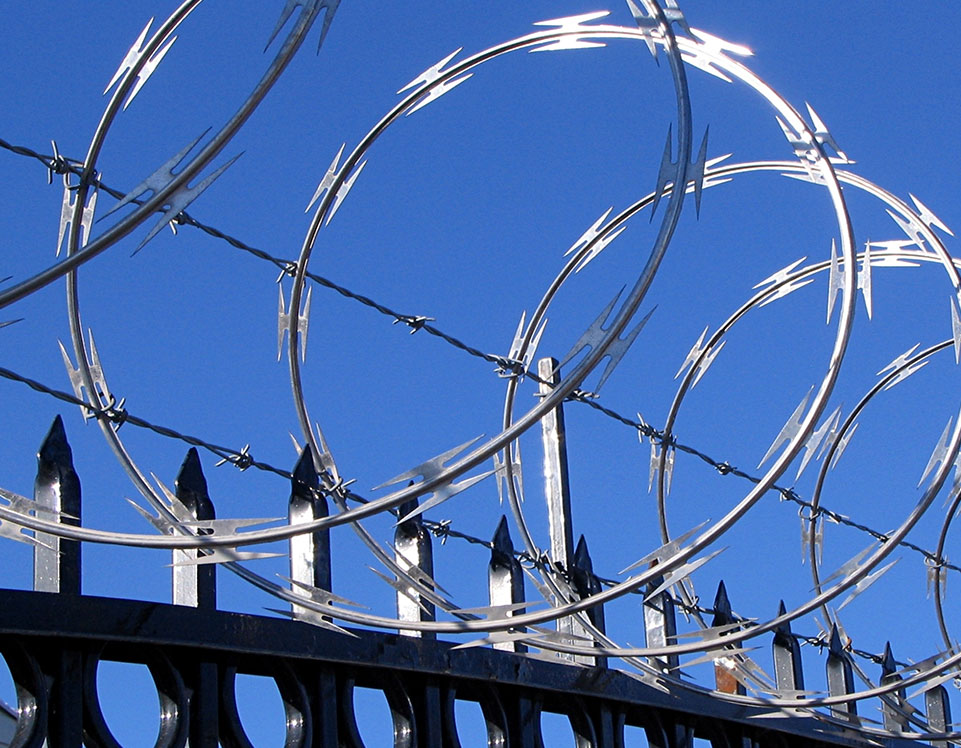Fiber Optic Security System: The Ultimate Solution for Your Facility’s Security Needs
Fiber Optic Security System: The Ultimate Solution for Your Facility’s Security Needs
Blog Article
Why Fiber Optic Security Equipments Are the Future of Security
The shift to fiber optic protection systems marks a significant improvement in the world of defense, driven by their exceptional data transmission capabilities and strength to exterior disturbances. As the landscape of protection develops along with arising innovations such as AI and IoT, the potential for fiber optics to enhance and redefine safety and security frameworks ends up being progressively noticeable.
Benefits of Fiber Optic Equipments
Among the key benefits of fiber optic systems is their superior data transfer capacity, which helps with the transmission of huge quantities of data over long distances without substantial loss. This characteristic is especially helpful for security applications that call for the constant monitoring and transfer of high-def video clip feeds, sensor data, and various other vital info. Optical fiber can accommodate the growing demands of modern-day security systems, ensuring that information remains intact and trusted.
Additionally, fiber optic wires are much less at risk to electro-magnetic interference, which can be a considerable problem in environments with different electronic devices. This resistance enhances the honesty of the data being sent, consequently decreasing the danger of data breaches or system failures. Fiber optic systems are inherently much more protected than standard copper wires, as tapping into a fiber optic line without detection is exceedingly challenging.
The durability of fiber optic cables also adds to their charm. They are resistant to environmental factors such as dampness and temperature changes, decreasing upkeep expenses and increasing system longevity. On the whole, these advantages placement fiber optic systems as a durable and efficient choice for contemporary protection frameworks, making sure trustworthy and safe data transmission.
Enhanced Data Transmission Speed

The ability to transfer huge amounts of data swiftly helps with the seamless integration of high-def video feeds and progressed analytics. Safety and security systems can currently refine and evaluate details in real-time, boosting reaction times and situational awareness. Additionally, fiber optic links support longer transmission distances without deterioration of signal high quality, making them suitable for extensive security networks.
The raised rate of fiber optic systems not just boosts the performance of protection operations however also reduces latency. This is especially essential in vital circumstances where prompt decision-making can avoid protection breaches or mitigate prospective threats. As companies remain to focus on security and effectiveness, the demand for rapid and trustworthy data transmission will most certainly solidify fiber optic systems as see this here a cornerstone of contemporary safety and security framework.
Resistance to Interference
Fiber optic security systems regularly show outstanding resistance to electro-magnetic interference, a crucial benefit in settings vulnerable to electronic sound. Unlike traditional copper cable televisions, which can be negatively impacted by electromagnetic areas, superhigh frequency interference, and other kinds of electric disturbance, fiber optic cables utilize light to send information. This intrinsic residential or commercial property ensures that the signals continue to be clear and unaltered, no matter bordering electronic activity.
The usage of glass or plastic fibers in fiber optic innovation develops an obstacle versus disturbance, permitting for trustworthy information transmission also in tough situations such as commercial centers, urban areas with high digital traffic, or locations near radio towers. This characteristic dramatically minimizes the likelihood of signal degradation or loss, making fiber optic systems specifically ideal for security applications where stability and accuracy of data are vital.
Moreover, this resistance to disturbance improves the total efficiency and dependability of safety systems, ensuring that surveillance and sharp systems function flawlessly. In a world where safety is increasingly endangered by advanced technologies, the visit this page resilience of fiber optic systems attracts attention as a critical attribute, enhancing their standing as a necessary component of modern-day safety and security infrastructure.
Cost-Effectiveness Gradually
Significant expense savings can be achieved in time with the implementation of fiber optic safety and security systems. While the preliminary investment might seem higher compared to traditional copper-based systems, the long-term financial benefits emerge with decreased operational and upkeep costs (fiber security). Fiber optic cables are naturally much more sturdy and much less at risk to ecological factors, which converts to lower substitute and repair work expenditures over their life expectancy
Furthermore, fiber optic systems require less power to run, which even more reduces power expenses. Boosted information transmission capabilities permit fewer repeaters and amplifiers, minimizing equipment financial investment and improving installation processes. The scalability of these systems likewise adds to cost-effectiveness, as organizations can increase their security framework without sustaining significant extra expenses.
An additional factor to think about is the raised performance in surveillance and action capabilities that optical fiber provide. Enhanced real-time data transmission can bring about quicker case feedback times, potentially mitigating losses and obligations related to safety violations. Altogether, the lasting advantages of fiber optic protection systems not just validate the initial expense but also place them as an economically prudent selection for companies looking for durable protection remedies.

Future Technologies in Safety And Security
Advancing innovations are set to change protection systems, incorporating man-made intelligence (AI) and equipment knowing to enhance hazard detection and feedback capabilities. These technologies will allow safety systems to assess vast amounts of data in real-time, determining patterns and abnormalities that suggest potential risks. This proactive technique will enable quicker decision-making and a lot more effective occurrence actions.
Additionally, the unification of the Internet of Points (IoT) is leading the way for interconnected safety and security tools, providing thorough surveillance and monitoring. Smart sensing units can pass on details regarding environmental modifications, while automated signals can inform safety employees quickly of dubious activities.
In addition, the evolution of biometric technologies will certainly better boost safety and security mechanisms. Face recognition, fingerprint scanning, and retina recognition are ending up being more sophisticated, offering layers of verification that are tough to bypass.
Verdict
To conclude, fiber optic protection systems stand for a considerable development in security innovation, using unrivaled data transmission speed, resistance to electro-magnetic interference, and lasting cost-effectiveness. As the need for sophisticated safety remedies proceeds to expand, the assimilation of fiber optics with emerging technologies such as AI, IoT, and biometrics will even more boost safety infrastructures (fiber security). The why not look here mix of these advancements will certainly make certain an extra protected and responsive setting, solidifying fiber optics as a keystone of future safety and security systems
Report this page